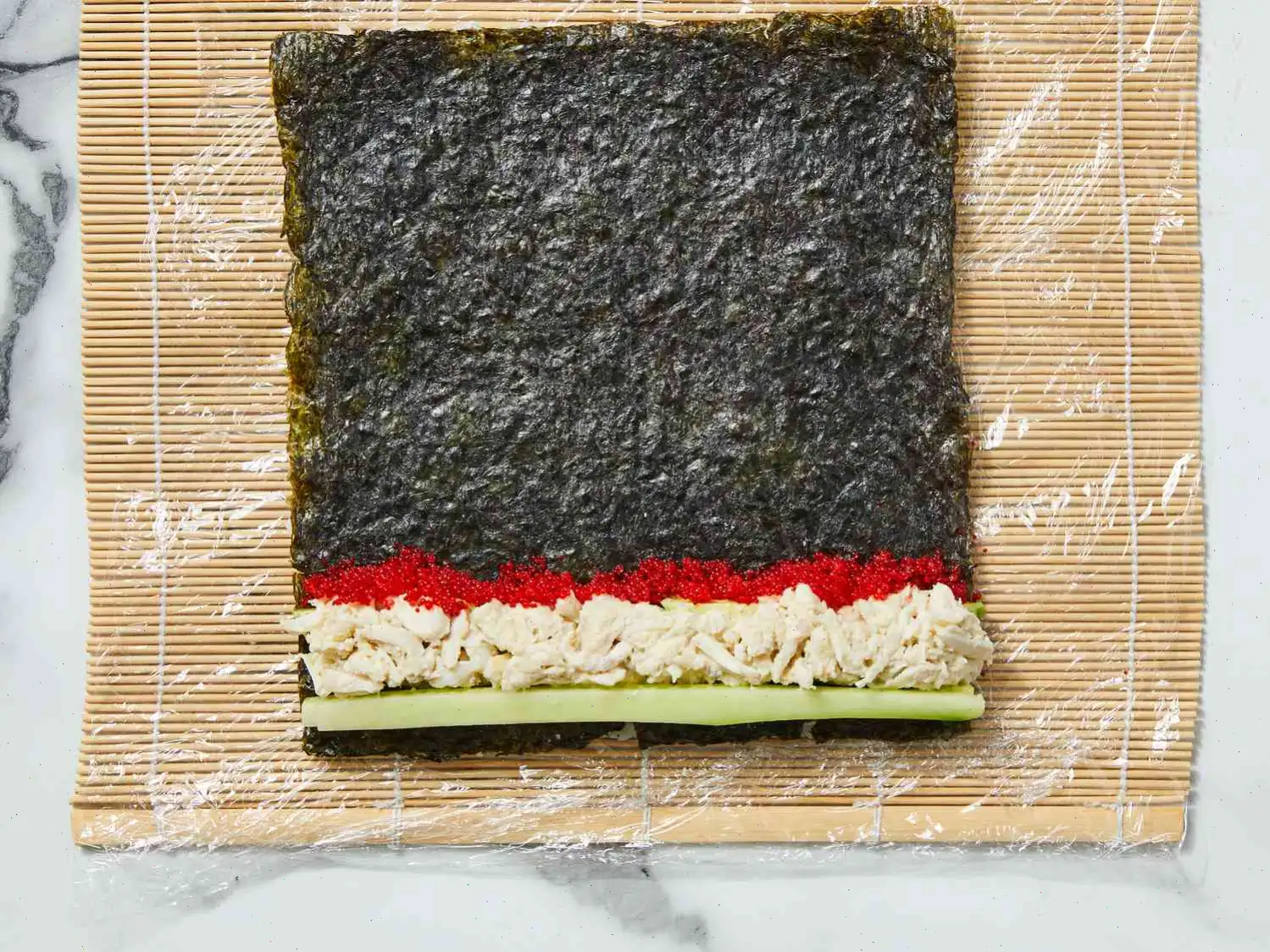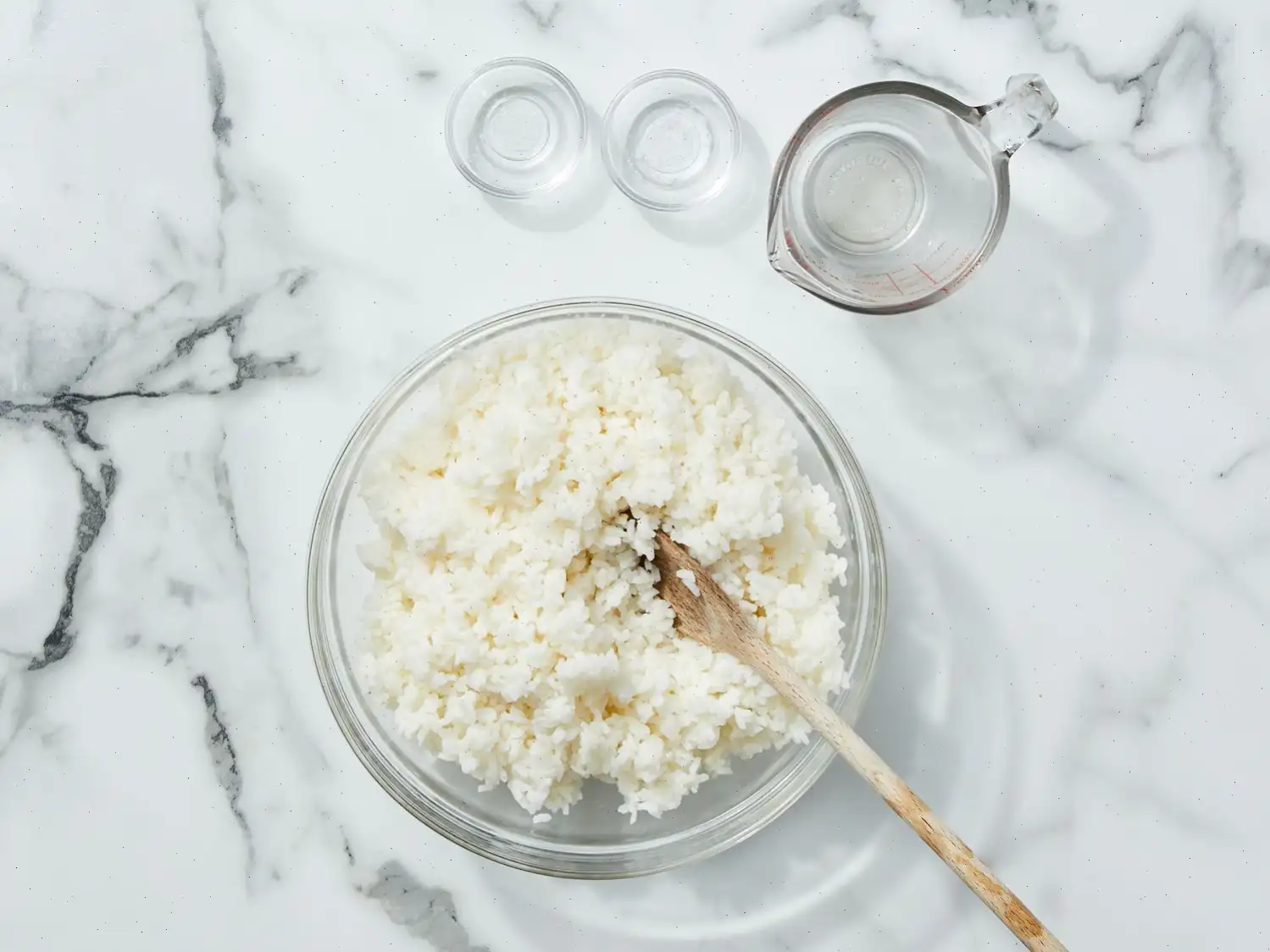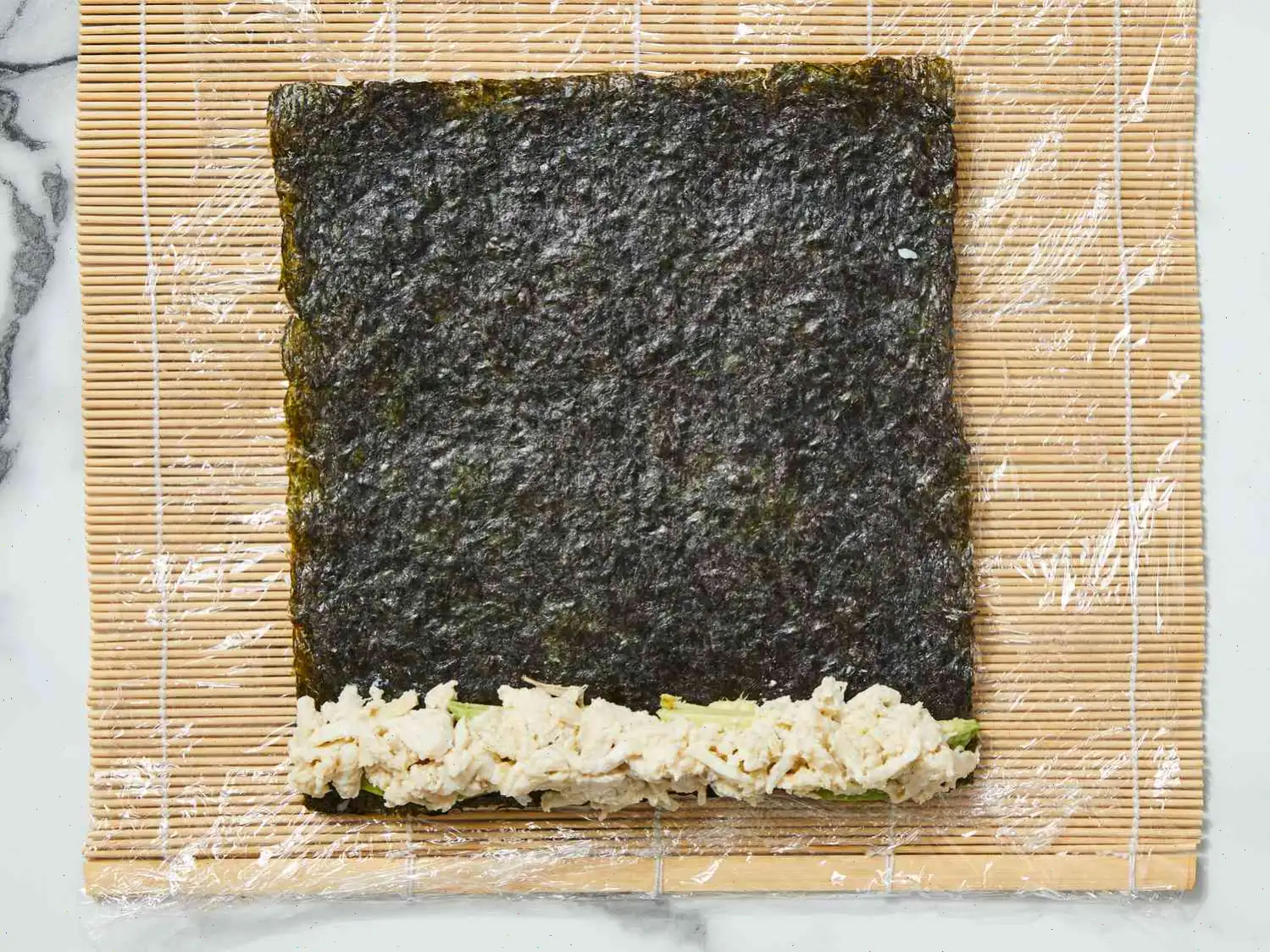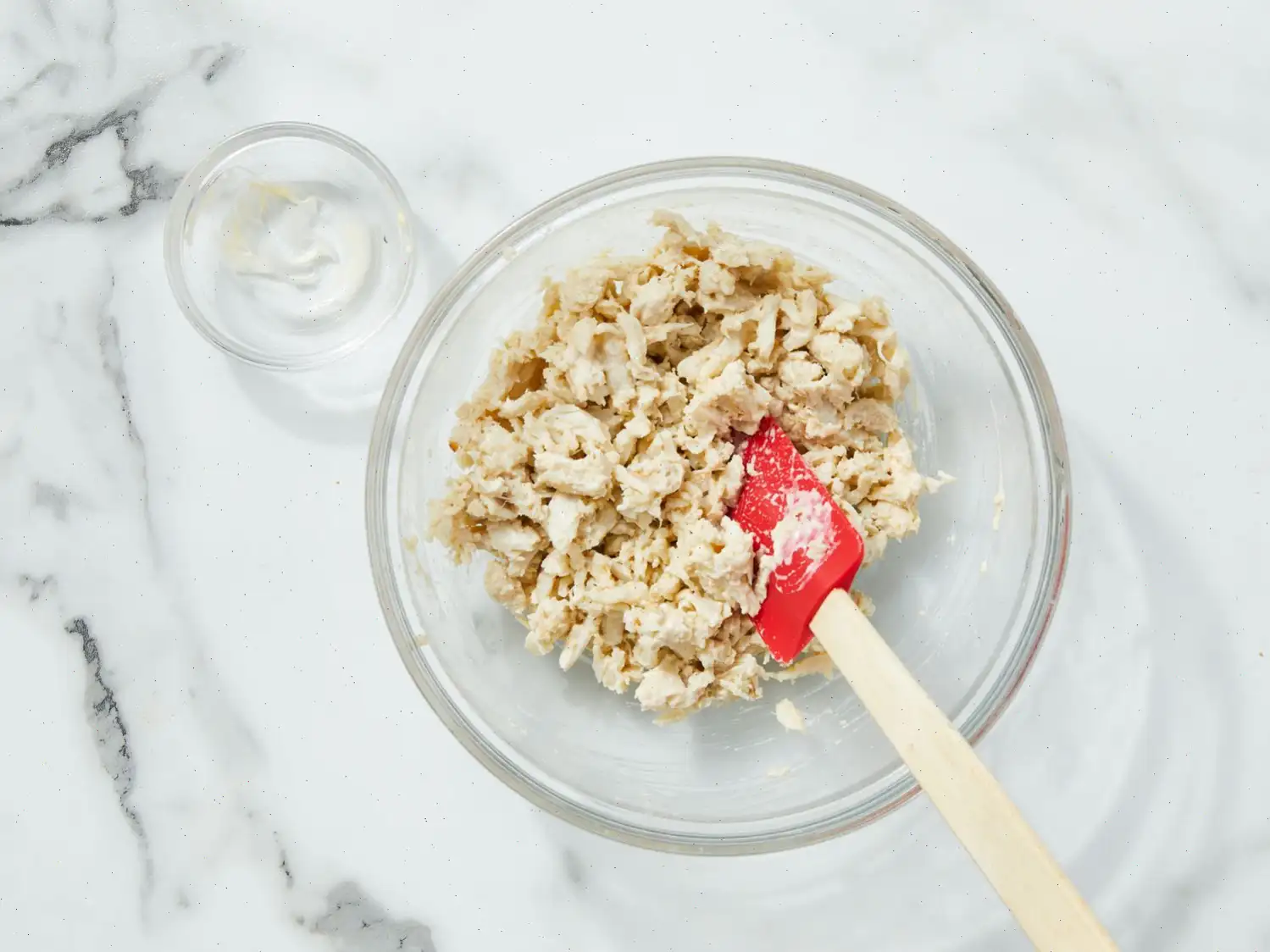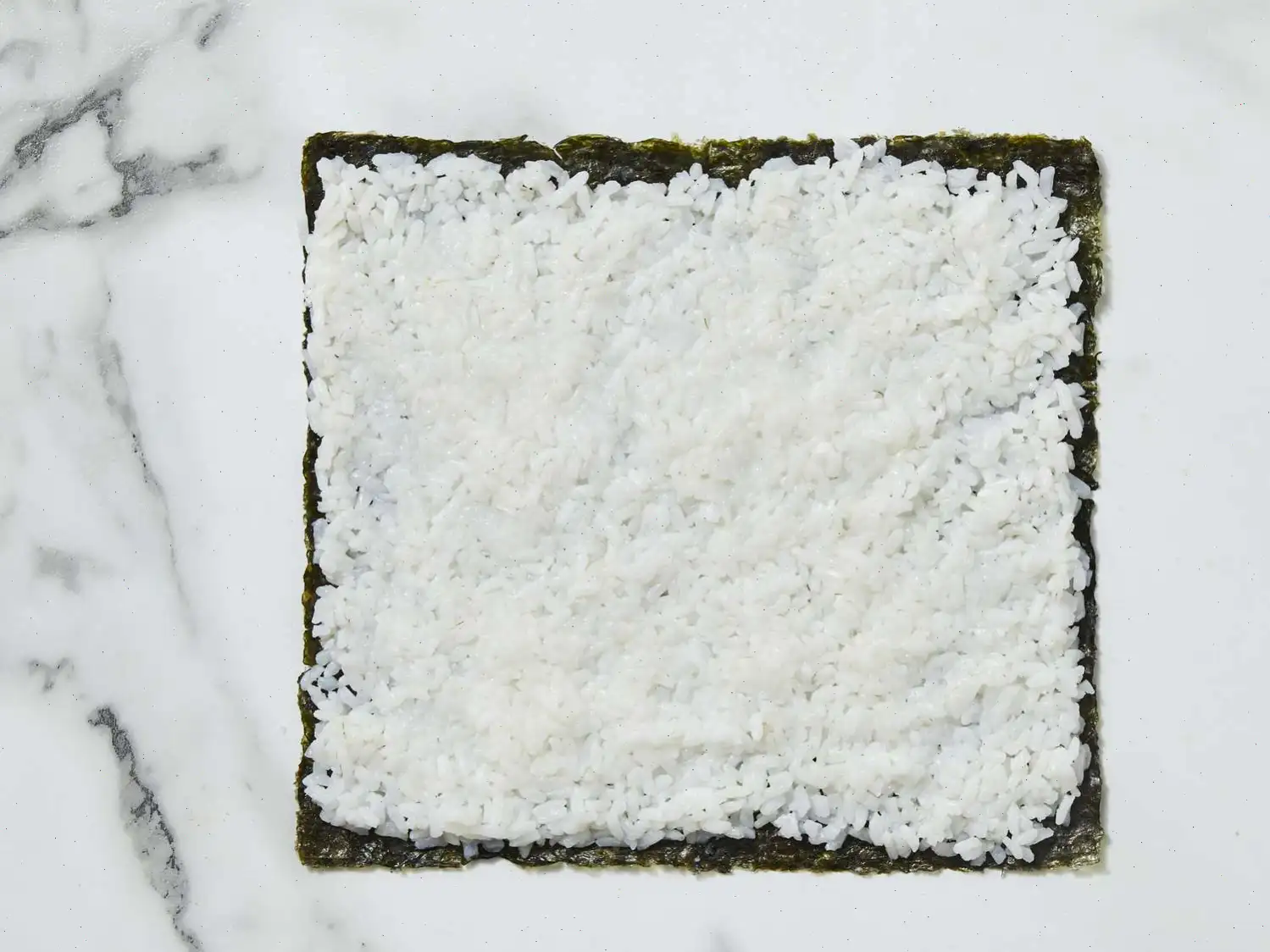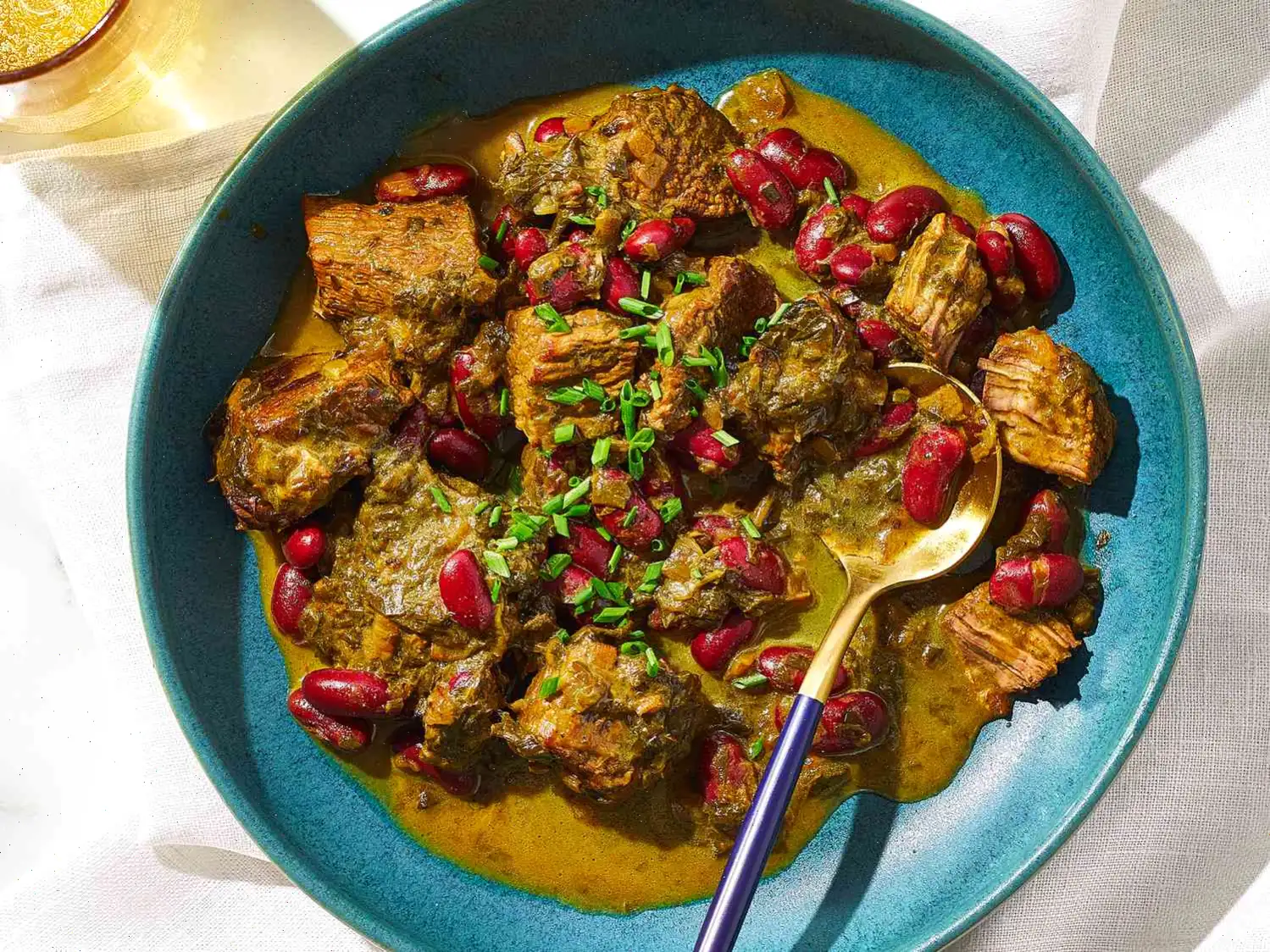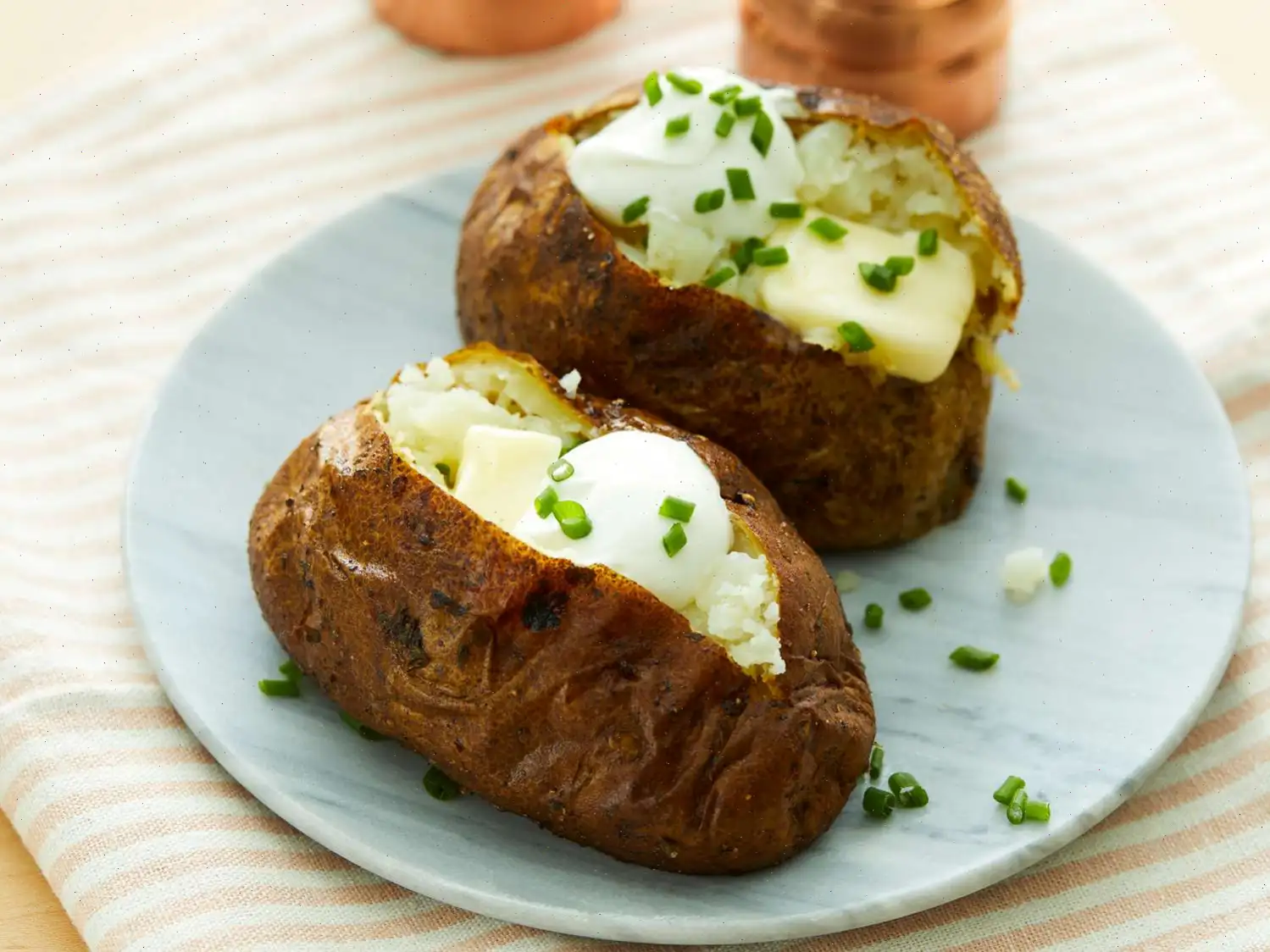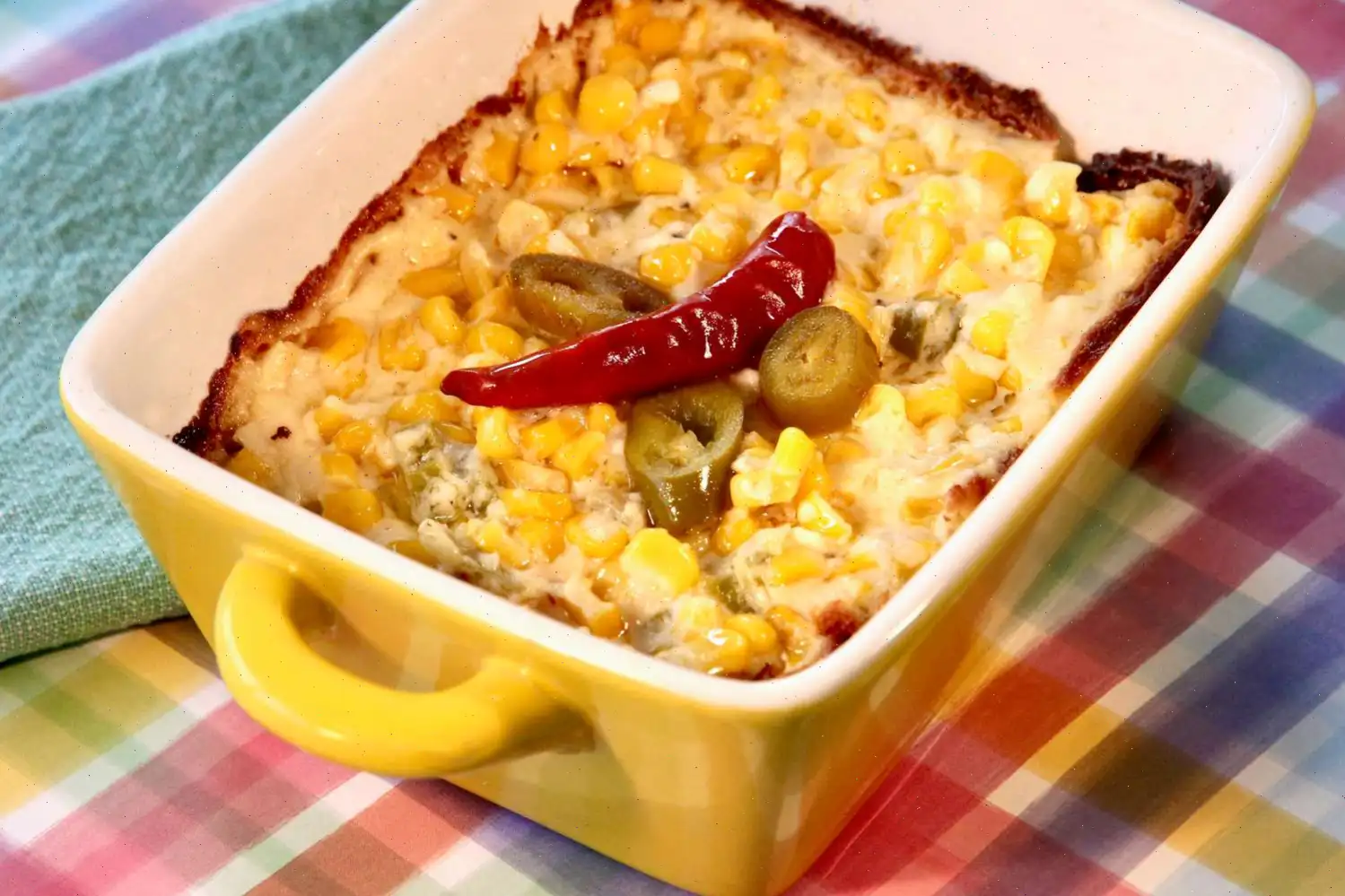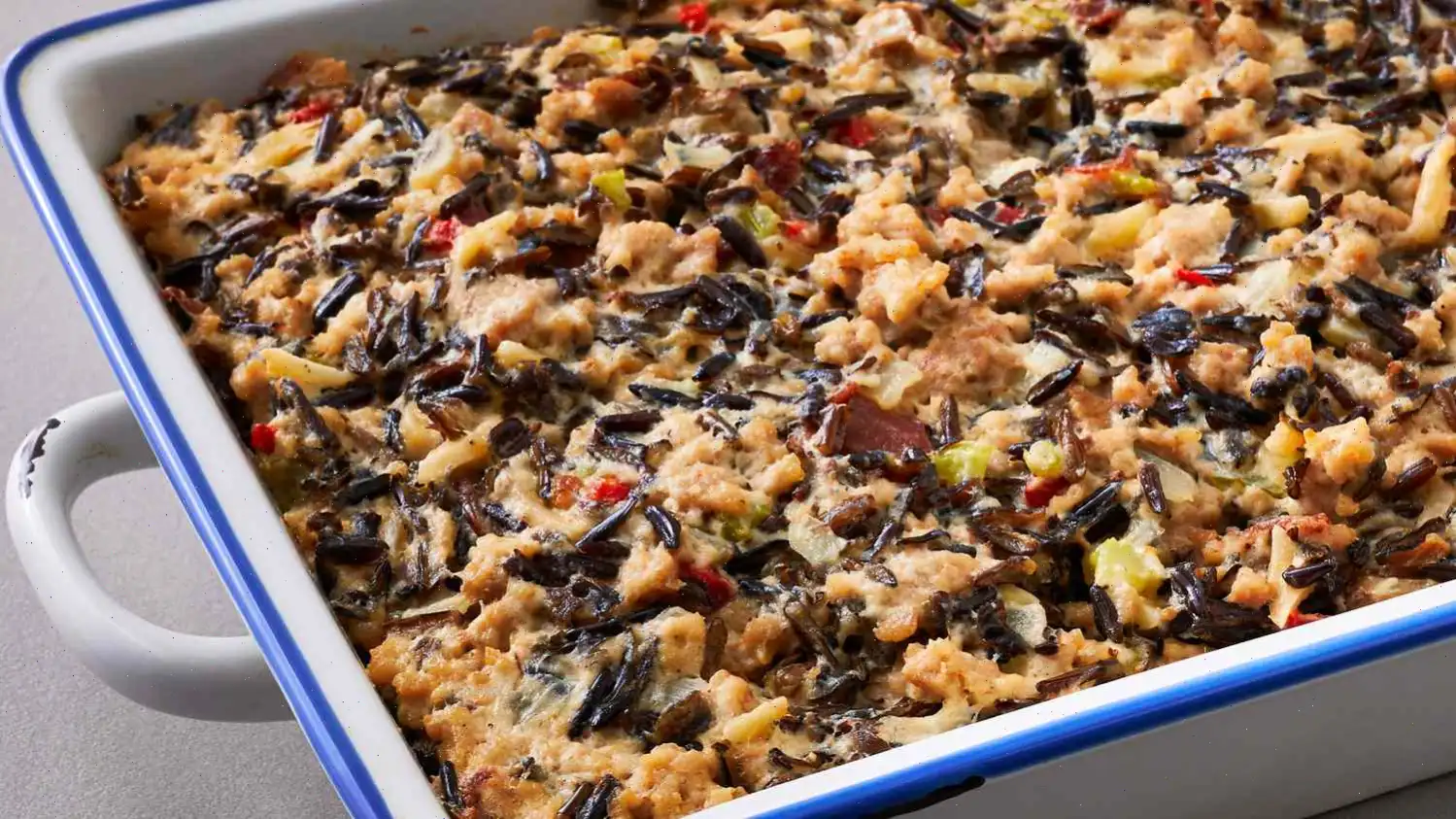
California Roll Recipe
Ingredients
- 4 cups water
- 2 cups uncooked white rice
- cup seasoned rice vinegar
- 1 teaspoon white sugar, or to taste
- 1 teaspoon salt, or to taste
- pound cooked crab meat, drained of excess liquid and shredded
- 1 tablespoon mayonnaise
- 5 sheets nori (dry seaweed)
- 1 avocado, sliced
- cup red caviar, such as tobiko
- 1 English cucumber, seeded and sliced into strips
- 2 tablespoons drained pickled ginger, for garnish
- 2 tablespoons soy sauce, or to taste
- 1 tablespoon wasabi paste
Directions
- Gather all ingredients and set them aside for easy access.
- Wrap a sushi rolling mat completely in plastic wrap and set aside.
- Bring 4 cups of water and 2 cups of uncooked rice to a boil in a saucepan over high heat.
- Once boiling, reduce the heat to medium-low, cover, and let the rice simmer for 20 to 25 minutes, or until tender and the liquid is absorbed.
- Transfer the cooked rice to a bowl, then cut in cup of seasoned rice vinegar using a rice paddle or a wooden spoon. Add 1 teaspoon of sugar and 1 teaspoon of salt to the rice, then allow it to cool to room temperature for about 30 minutes.
- In a small bowl, combine pound of cooked crab meat with 1 tablespoon of mayonnaise, mixing well.
- Place a sheet of nori on a flat surface. Spread a thin layer of the cooled rice over the nori, leaving a small border at the top.
- Place the nori with the rice side down onto the prepared rolling mat.
- On the nori, place 2 to 3 slices of avocado in a single layer.
- Top the avocado with 2 to 3 tablespoons of the crab mixture.
- Add 1 to 2 teaspoons of tobiko lengthwise on one side of the avocado-crab mixture, and arrange 2 cucumber strips on the opposite side.
- Using the mat as a guide, carefully roll the California roll into a tight log.
- Once rolled, remove the sushi mat. Press some extra tobiko gently into the top of the roll. Cover with plastic wrap to help the tobiko adhere.
- After a few moments, remove the plastic wrap and use a wet knife to slice the roll into 6 even pieces.
- Repeat the process with the remaining nori sheets and filling ingredients.
- Serve the sushi rolls garnished with pickled ginger, soy sauce, and wasabi paste for a complete experience.
Nutrition Facts (per serving)
| Nutrition Information | Per Serving |
|---|---|
| Calories | 445 |
| Total Fat | 11g |
| Saturated Fat | 2g |
| Cholesterol | 94mg |
| Sodium | 1237mg |
| Total Carbohydrate | 70g |
| Dietary Fiber | 4g |
| Total Sugars | 3g |
| Protein | 15g |
| Vitamin C | 8mg |
| Calcium | 95mg |
| Iron | 5mg |
| Potassium | 509mg |
Percent Daily Values are based on a 2,000-calorie diet. Your daily values may be higher or lower depending on your calorie needs.

The California roll, a beloved creation in the world of sushi, combines the traditional Japanese art of sushi-making with Western flavors. Unlike most traditional sushi, which uses raw fish as the main ingredient, the California roll is a fusion of ingredients that caters to a broader audience, especially those unaccustomed to eating raw fish. It is a prime example of how culinary traditions can evolve and adapt over time.
Origin of the California Roll
The California roll's origins date back to the 1960s in Los Angeles, where it was created by Japanese chefs to cater to American tastes. Chef Ichiro Mashita, working at a Japanese restaurant in California, is often credited with the creation of the California roll. The idea was to make sushi more appealing to American diners by substituting raw fish with cooked crab and avocado, which were both locally available and familiar to the American palate. The California roll's reverse roll style, with rice on the outside and seaweed on the inside, was also a significant innovation, making it easier to handle and eat with chopsticks.
Regional Characteristics
The California roll is particularly popular in North America and has become synonymous with "Americanized" sushi. It has evolved into numerous variations, including those with tempura shrimp, imitation crab, and other fillings. The use of avocado in sushi, although rare in traditional Japanese cuisine, has become a hallmark of the California roll. Avocados, which are native to Mexico and Central America, were readily available in California and offered a creamy texture that complemented the other ingredients. Over time, the California roll has become a symbol of fusion cuisine, blending Japanese sushi techniques with ingredients that are beloved in the West.
How it Differs from Similar Dishes
While the California roll shares similarities with traditional sushi rolls, it stands apart in several ways. Traditional sushi typically features raw fish, such as tuna or salmon, and sometimes vegetables like cucumber or pickled radish. In contrast, the California roll uses cooked crab (or imitation crab) and avocado as its primary fillings. Additionally, the rice is on the outside, unlike traditional sushi rolls, where the rice is on the inside. The California roll also does not traditionally use wasabi or pickled ginger within the roll itself, although these condiments are often served alongside. This unique style has made the California roll a favorite among sushi newcomers and a gateway to exploring other types of sushi.
Where the California Roll is Typically Served
The California roll is commonly served in sushi restaurants across the globe, particularly in Western countries like the United States, Canada, and Europe. It is frequently found on the menu of "fusion" sushi restaurants, where traditional Japanese sushi meets modern twists. The roll is often included in sushi platters or ordered a la carte. Because of its popularity, the California roll is also commonly served at casual dining establishments and even in grocery stores as pre-packaged sushi. It is often served with soy sauce, wasabi, and pickled ginger on the side, allowing diners to customize the flavor to their liking.
Interesting Facts About the California Roll
- The California roll is considered one of the most popular sushi rolls in the world, with millions of rolls being served annually in restaurants worldwide.
- Despite its name, the California roll is not originally from Japan but was created in the United States, making it an example of "Americanized" sushi.
- It is often considered a "gateway" sushi for people who are hesitant to try raw fish, as it uses cooked crab and avocado instead of raw seafood.
- The avocado, a key ingredient in the California roll, is not traditionally used in Japanese sushi but has become an integral part of the roll's flavor profile.
- In addition to the classic crab and avocado, many variations of the California roll exist, with fillings like shrimp tempura, smoked salmon, or even spicy tuna.
The California roll represents a perfect example of how food cultures can merge and create something new. With its combination of fresh ingredients and innovative presentation, the California roll continues to delight sushi lovers of all ages and backgrounds.
You can listen to this recipe in AI audio format. Simply click the play button below to listen to the content in a format that suits you best. It’s a great way to absorb information on the go!
FAQ about California Roll Recipe
Comments
Janet Martin
12/17/2023 09:20:30 PM
I am creating this for a project in my Basic Agriculture class. I am making some changes to the recipe. Instead of crab, I will be using crushed salmon, and in place of red caviar, I will include my homemade pimento spread. I might not be able to find wasabi, so I will substitute it with horseradish sauce. I believe it will turn out delicious. :)
Patricia Garcia
11/27/2023 06:15:58 PM
Great California roll!
Edward Baker
01/19/2025 12:09:21 AM
This dish turned out fantastic when prepared exactly as per the instructions. I wouldn't make any changes except, perhaps, adding cream cheese with the crab - that would make it even more wonderful! Although the caviar was expensive, it was definitely worth it!
Mark Taylor
08/17/2023 12:10:27 AM
The mayonnaise serves as a clever way to prevent sticking on your fingers. However, the recipe lacks clarity in its instructions, leading to confusion among users. It would be beneficial to provide clearer guidance in future versions.


